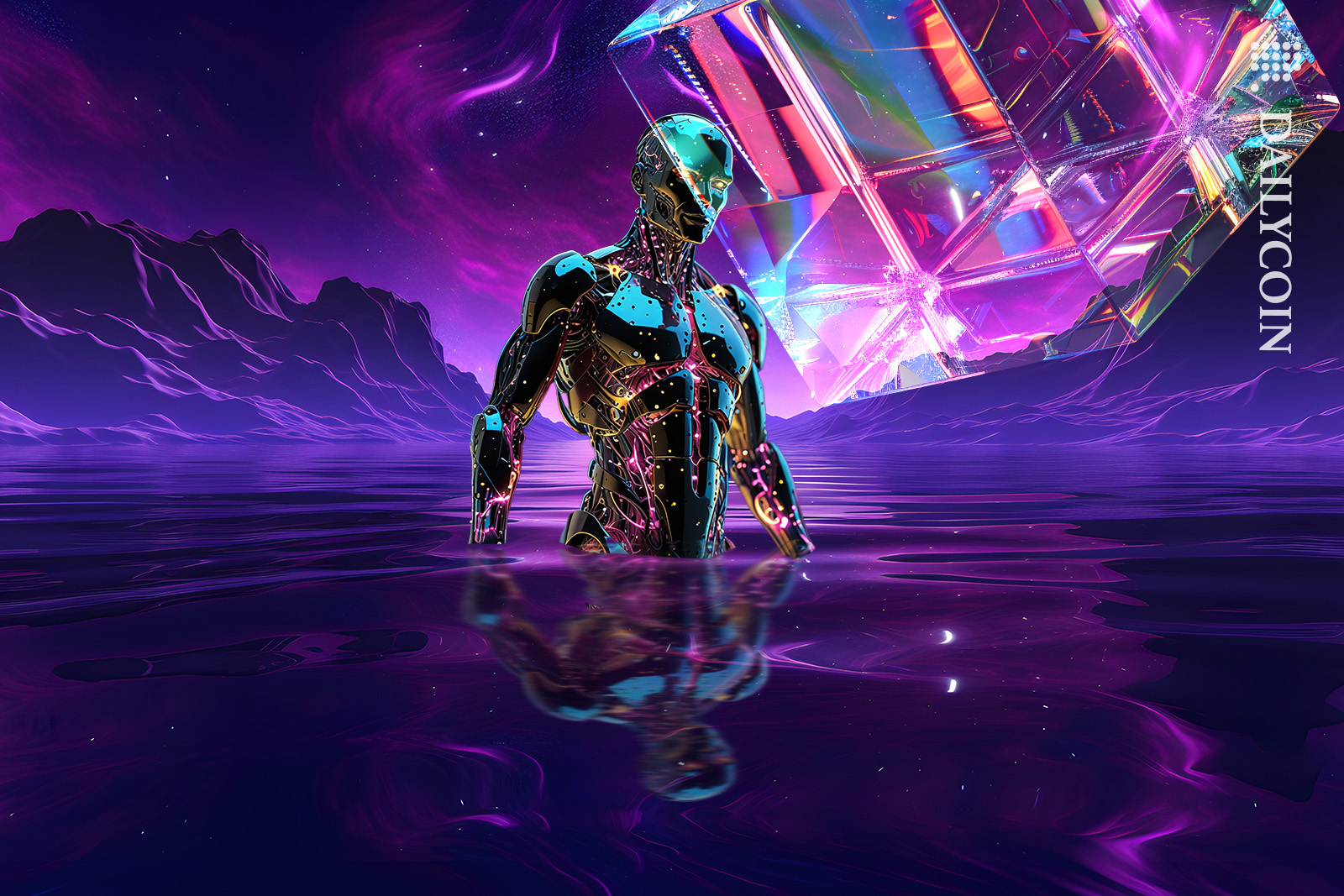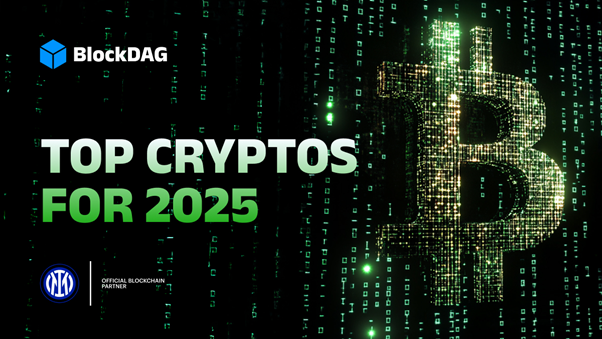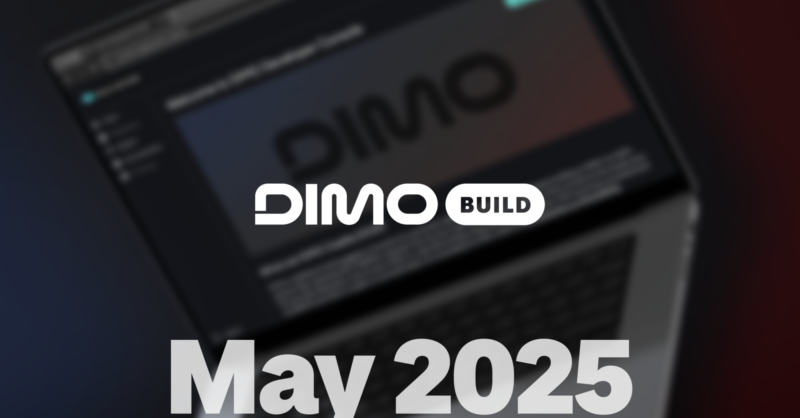Decentralized EdgeAI: Democratizing Access to Artificial Intelligence
The landscape of artificial intelligence (AI) is undergoing a significant transformation with the emergence of Decentralized EdgeAI, which aims to democratize access to AI technologies. Currently, a handful of major tech companies, including OpenAI, IBM, Amazon, and Google, dominate the AI infrastructure layer, creating barriers for smaller entities and limiting access for millions of users and enterprises worldwide. This centralized control not only raises costs but also restricts innovation. Decentralized EdgeAI, exemplified by initiatives like Network3, seeks to address these challenges by integrating Decentralized Physical Infrastructure (DePIN) and EdgeAI, allowing AI systems to run on various devices while ensuring privacy and community involvement.
One of the critical advantages of EdgeAI is its ability to reduce reliance on large data centers owned by tech giants. Traditional AI models, particularly large language models (LLMs) such as GPT-3, require substantial resources for training, often costing between $500,000 to $4.6 million. This financial barrier further entrenches the monopoly of Big Tech. In contrast, EdgeAI enables developers to train and deploy models on smaller devices, from smartphones to IoT appliances, broadening accessibility and fostering innovation. However, for EdgeAI to reach its full potential, devices must be able to communicate and share resources effectively, overcoming limitations in computation and storage.
Network3’s innovative Decentralized Federated Learning framework represents a significant leap forward in collaborative AI training. By allowing multiple devices or ‘nodes’ to pool their resources, this framework enhances the efficiency and growth of AI systems. The integration of strong encryption methods, such as Anonymous Certificateless Signcryption (CLSC), ensures secure data sharing while maintaining privacy. Furthermore, the use of Reed-Solomon coding optimizes data accuracy. As a result, Edge devices within the Network3 ecosystem can perform local analyses, leading to low latency and real-time responses. This decentralized approach not only mitigates the centralized monopoly but also opens up new revenue streams for developers and users, ultimately making AI more accessible and beneficial for all.
Related News





